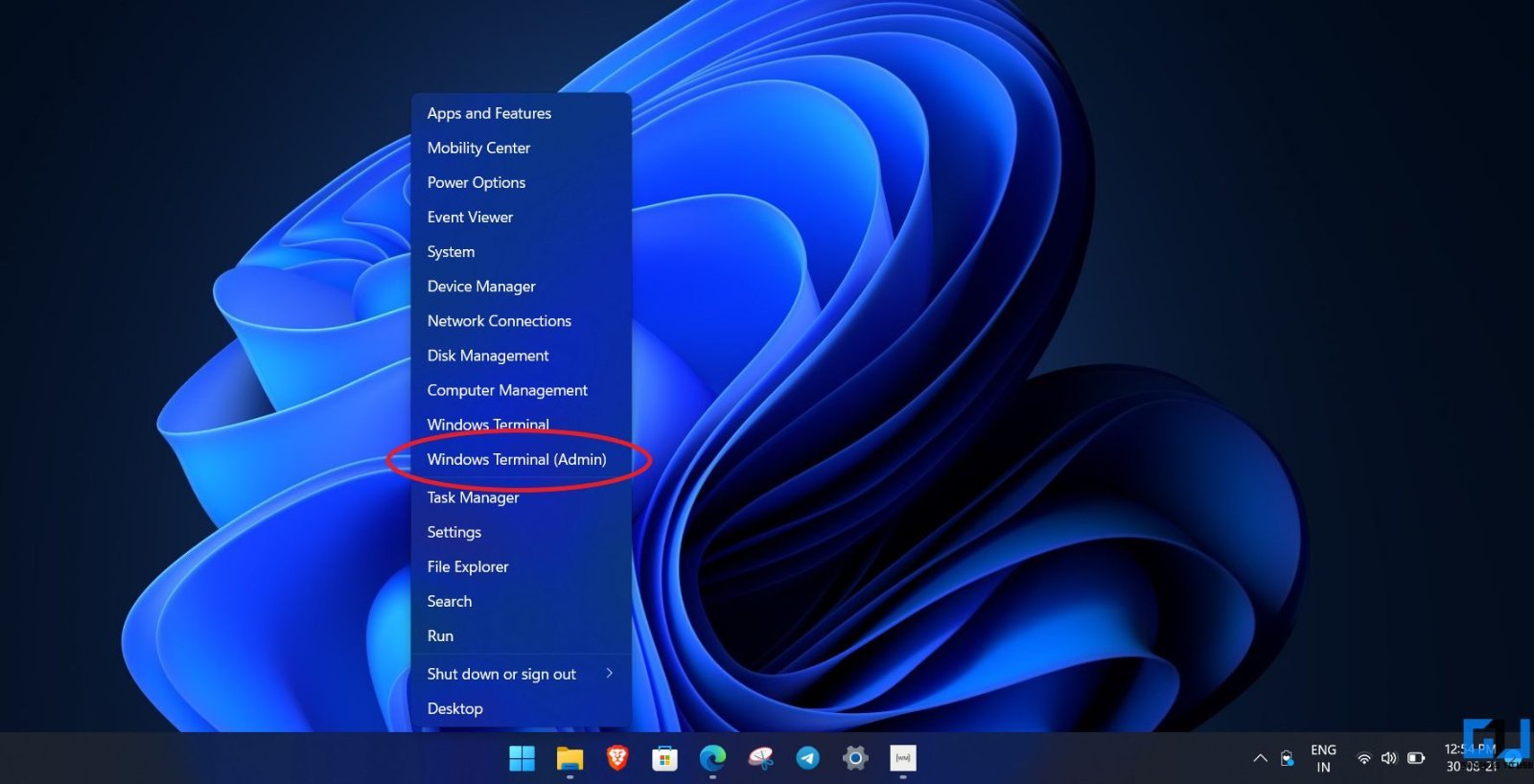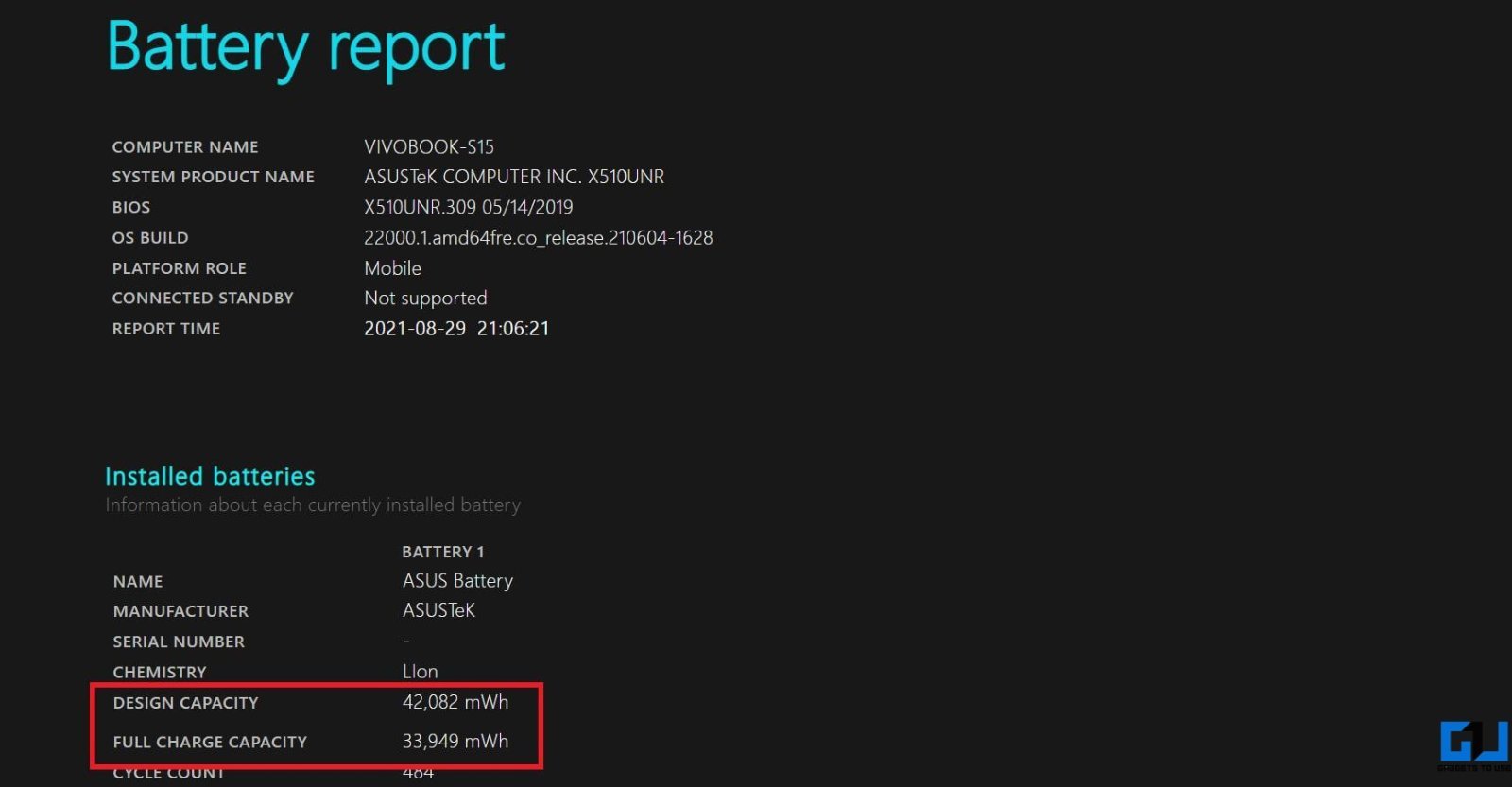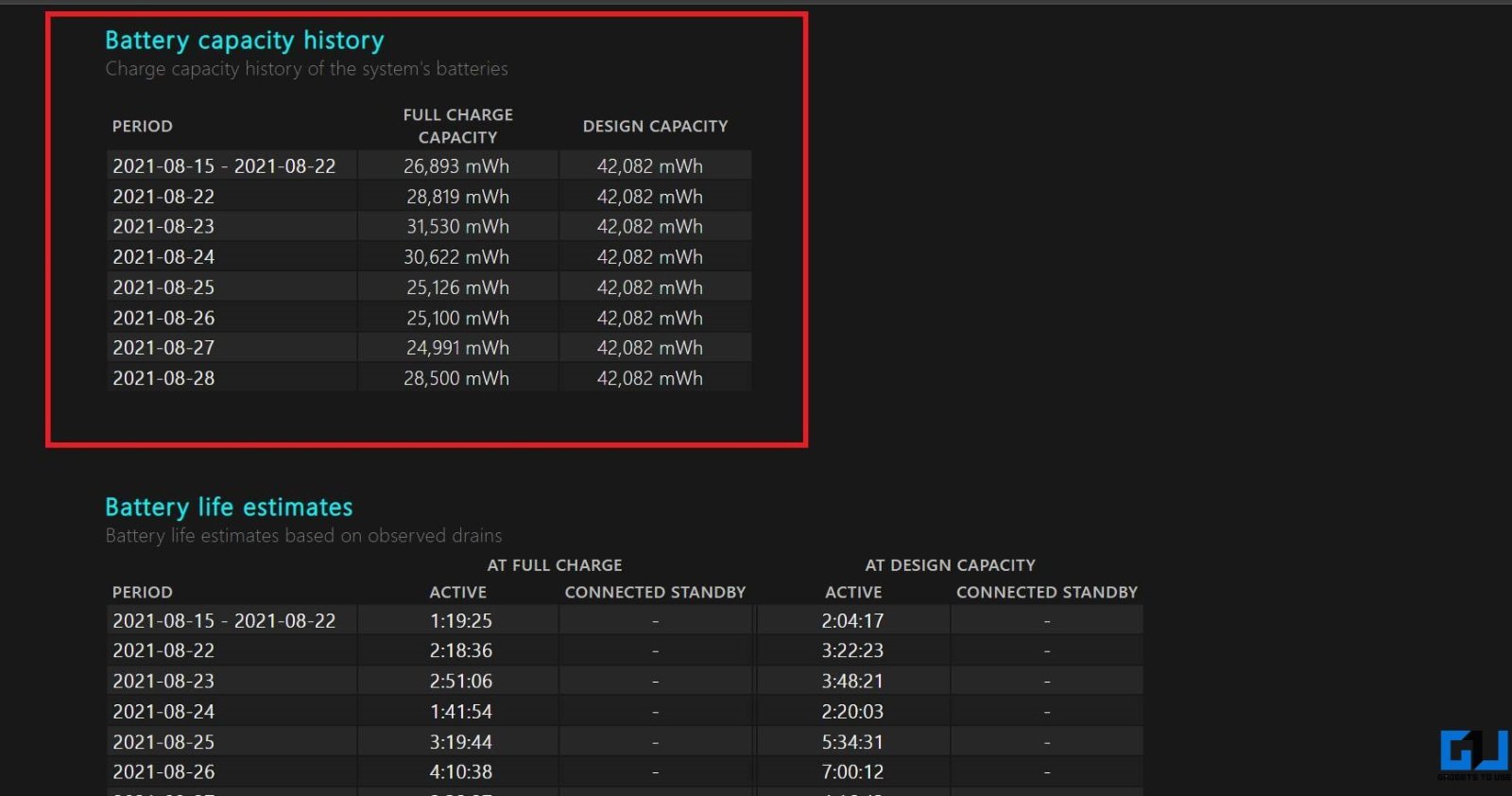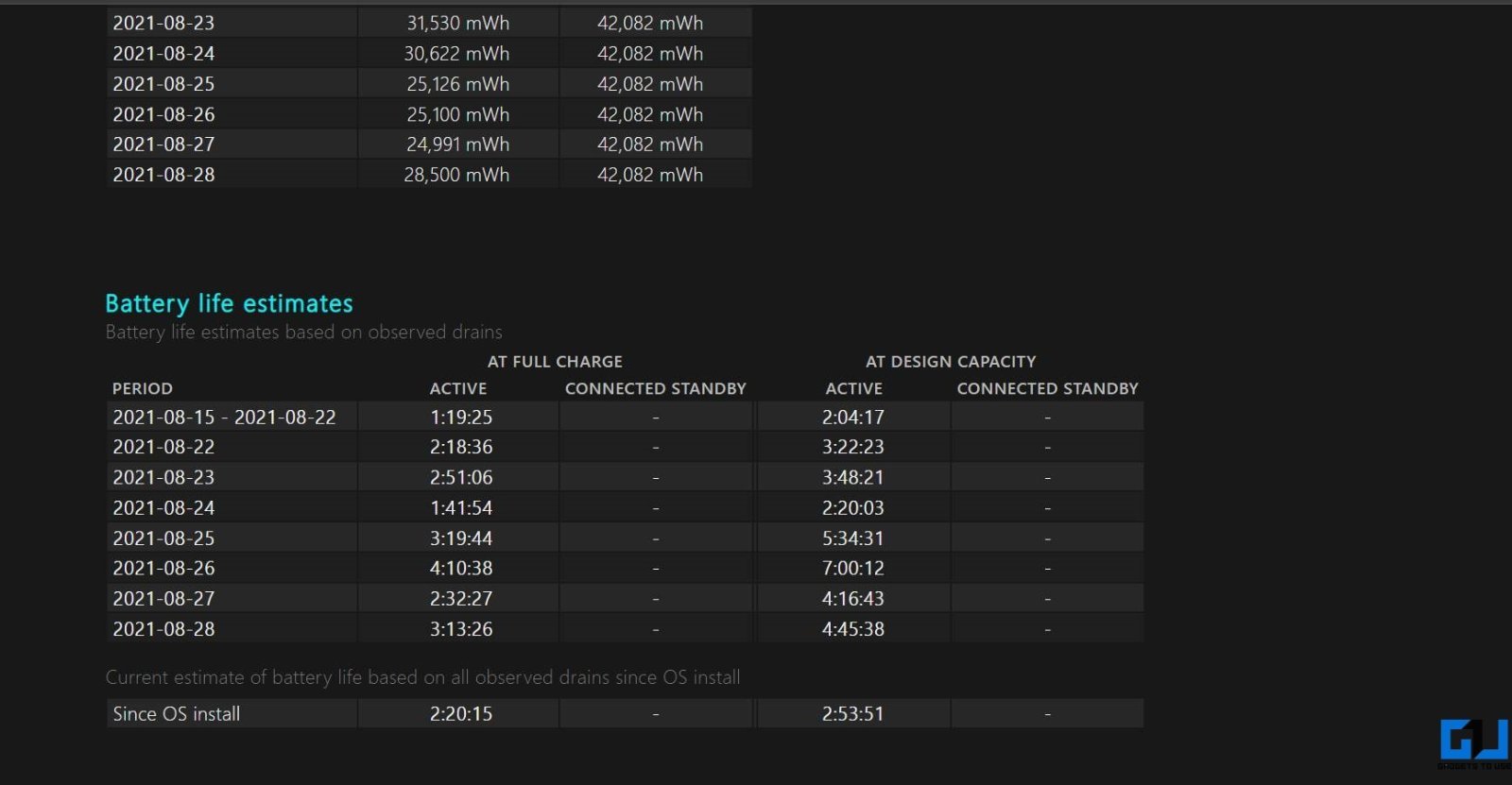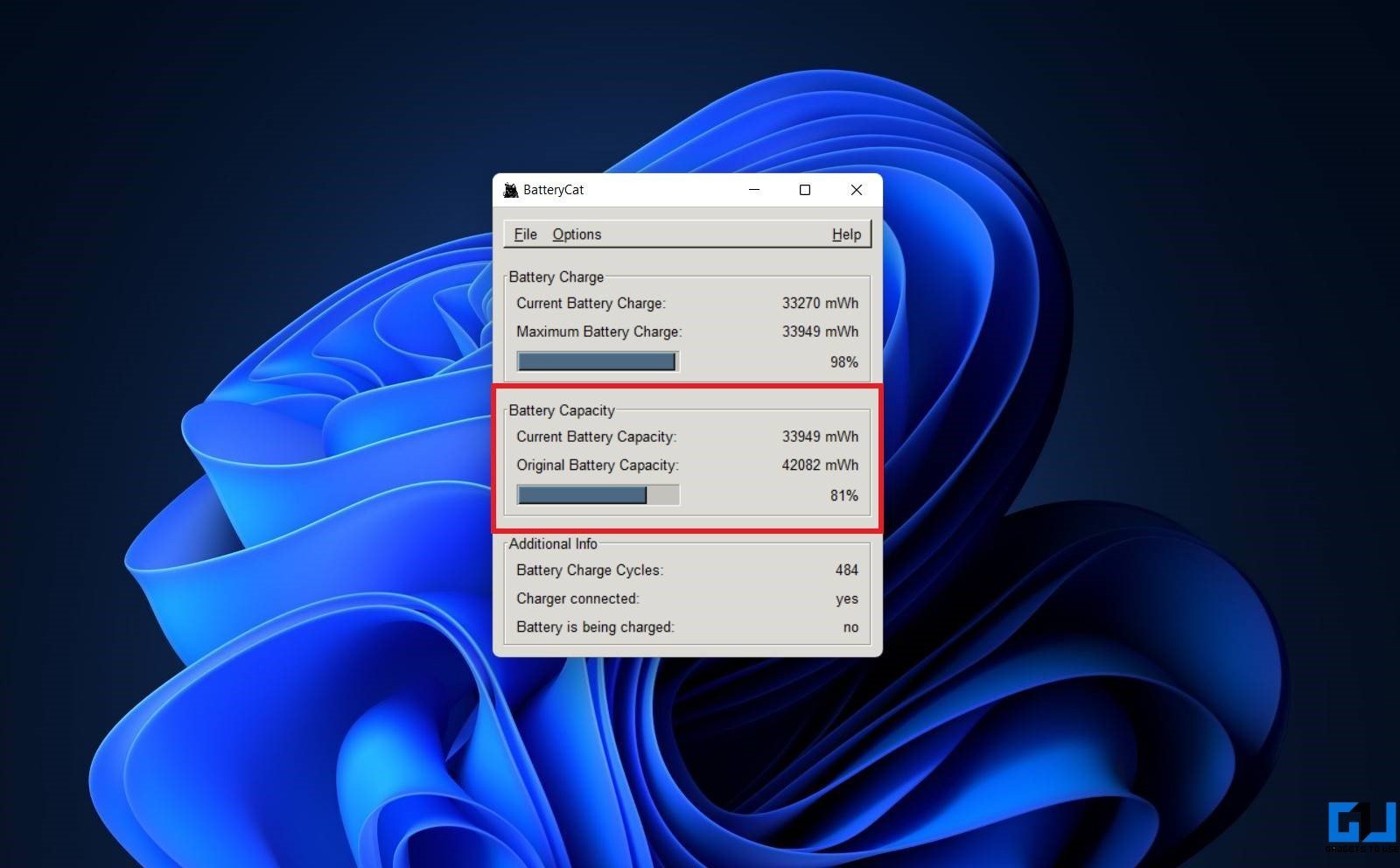
The batteries used in laptops are bound to degrade with time. With regular charge and discharge cycles, the battery loses its maximum charge holding capacity. If you have a Windows laptop, you may want to check its battery health to know whether it needs to be replaced. Well, here’s how you can check the battery health of your laptop running Windows 11.
For starters, battery health is its current charge holding capacity vis-a-vis its original design capacity. Most modern laptops use lithium-ion batteries, which have a limited lifespan. If you have one, you might have already noticed that the battery efficiency has reduced over time.
Like Windows 10, Windows 11 offers a built-in way to generate a detailed battery report. Plus, you can also use certain third-party tools to check the battery health of the laptop. Both the ways are detailed below.
1. Generate Battery Health Report via PowerShell
The easiest way to check battery health on any Windows machine is through the hidden Battery Report tool. It works via Command Prompt/ PowerShell as follows:
- Press Win + X on your keyboard OR right-click the Start button.
- Select Windows Terminal (Admin) to open the PowerShell window. Alternatively, you can search for Windows PowerShell in the Start menu and open it as administrator.
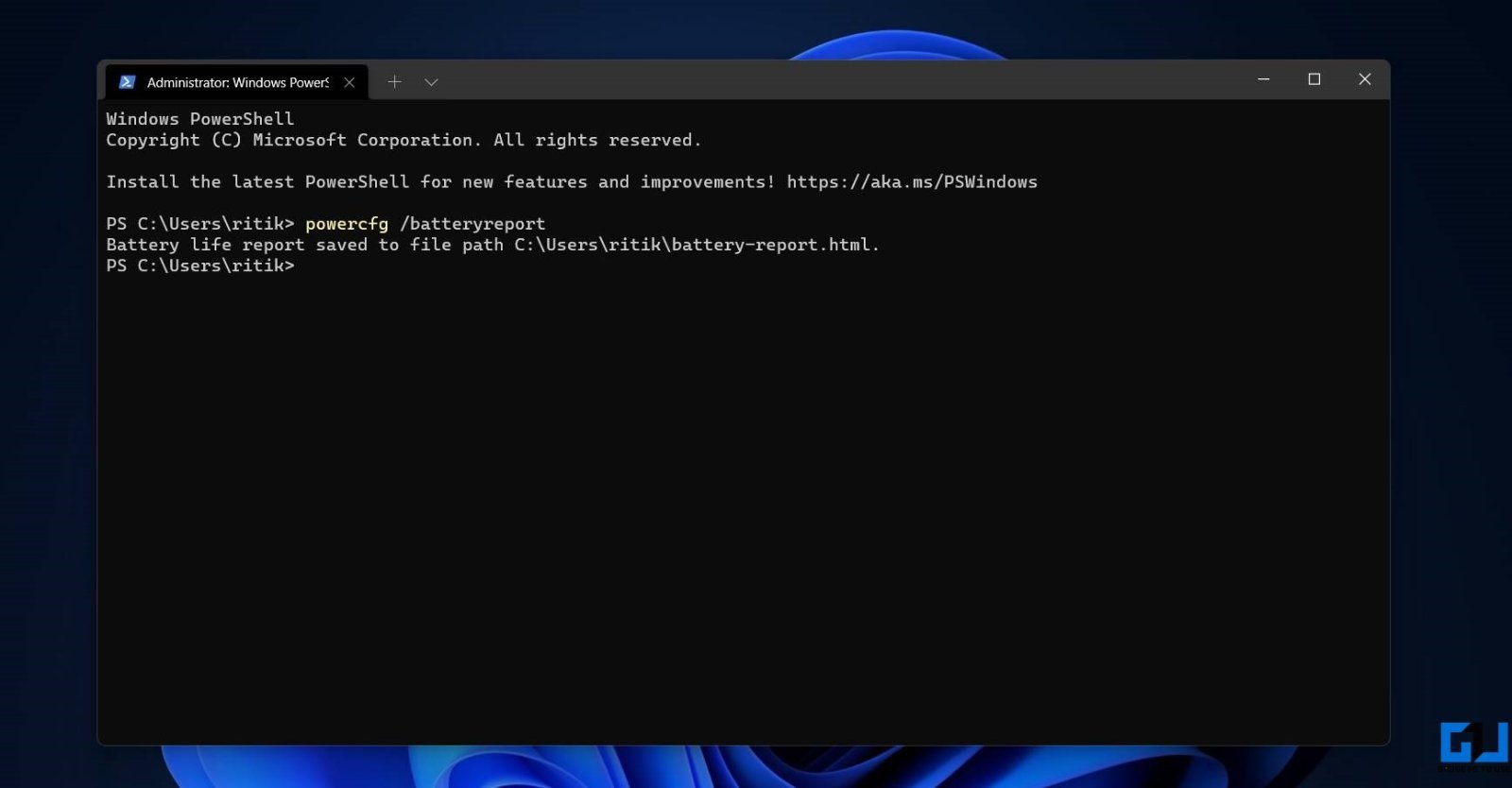
- Once the PowerShell window opens, type powercfg /batteryreportand enter.
- It’ll create and save a battery health report to C:Usersritikbattery-report.html.
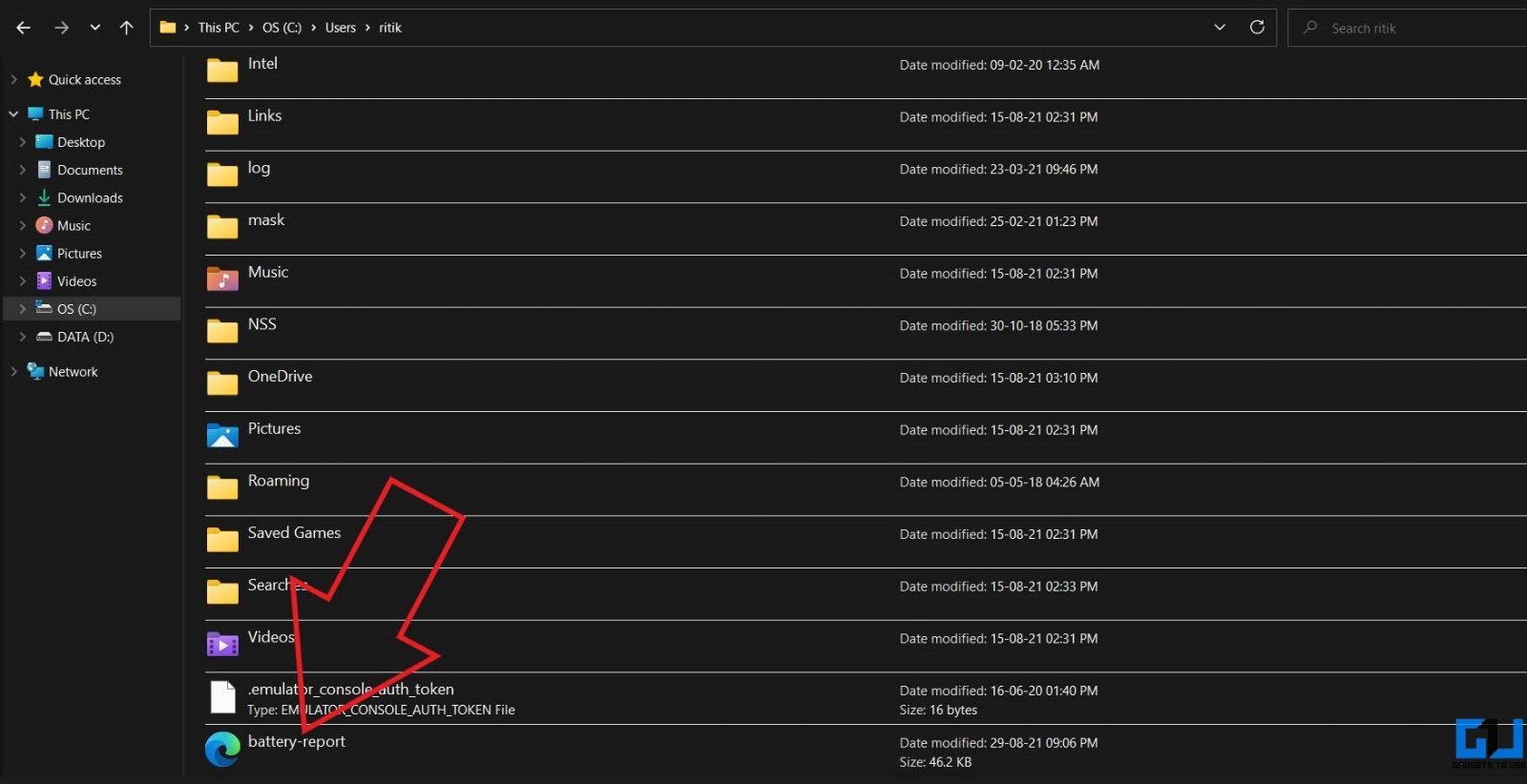
- Visit the directory. Click the battery health report HTML file.
The report will open in your browser. Here, you can check the battery’s specifications and capacity. It’ll also show the battery capacity history, battery life estimates, and stats for recent usage.
Here, you can see that the design capacity of my device’s battery is 42,082 mWh. Whereas the full charge capacity is 33,949 mWh which means it has lost some of its holding capacity over time. The current health is about 80% of the original design capacity.
Under Battery capacity history, you can see how your battery’s full charging capacity has faired against the actual design capacity over time. It’ll keep reducing as the battery is charged, used, and discharged.
Furthermore, the Battery life estimates section will show how long your laptop should last based on its design capacity vs. how long it’s actually lasting.
These values will refresh every time you use the powercfg command in the Powershell window to check battery health. Each time, the existing battery report will be replaced with the new report.
2. Via Third-Party Software
Several third-party tools let you check battery health, like BatteryCat and HWiInfo. Below is how you can use these apps on your laptop.
Check Battery Health Using BatteryCat
- Download BatteryCat from here. Choose one of the portable versions.
- Extract the downloaded zip file.
- Open start_batterycat.
- Once the tool opens, you’ll be able to see your laptop’s current battery capacity.
Here, you can see my laptop’s current battery capacity is 81% of the original capacity. You can also see the battery charge cycles.
Check Battery Health Using HWiNFO
- Download HWiNFO from here. Select the portable version, which doesn’t require installation.
- Extract the downloaded zip file—open HWiNFO.
- Select “Sensors-only” and click Run.
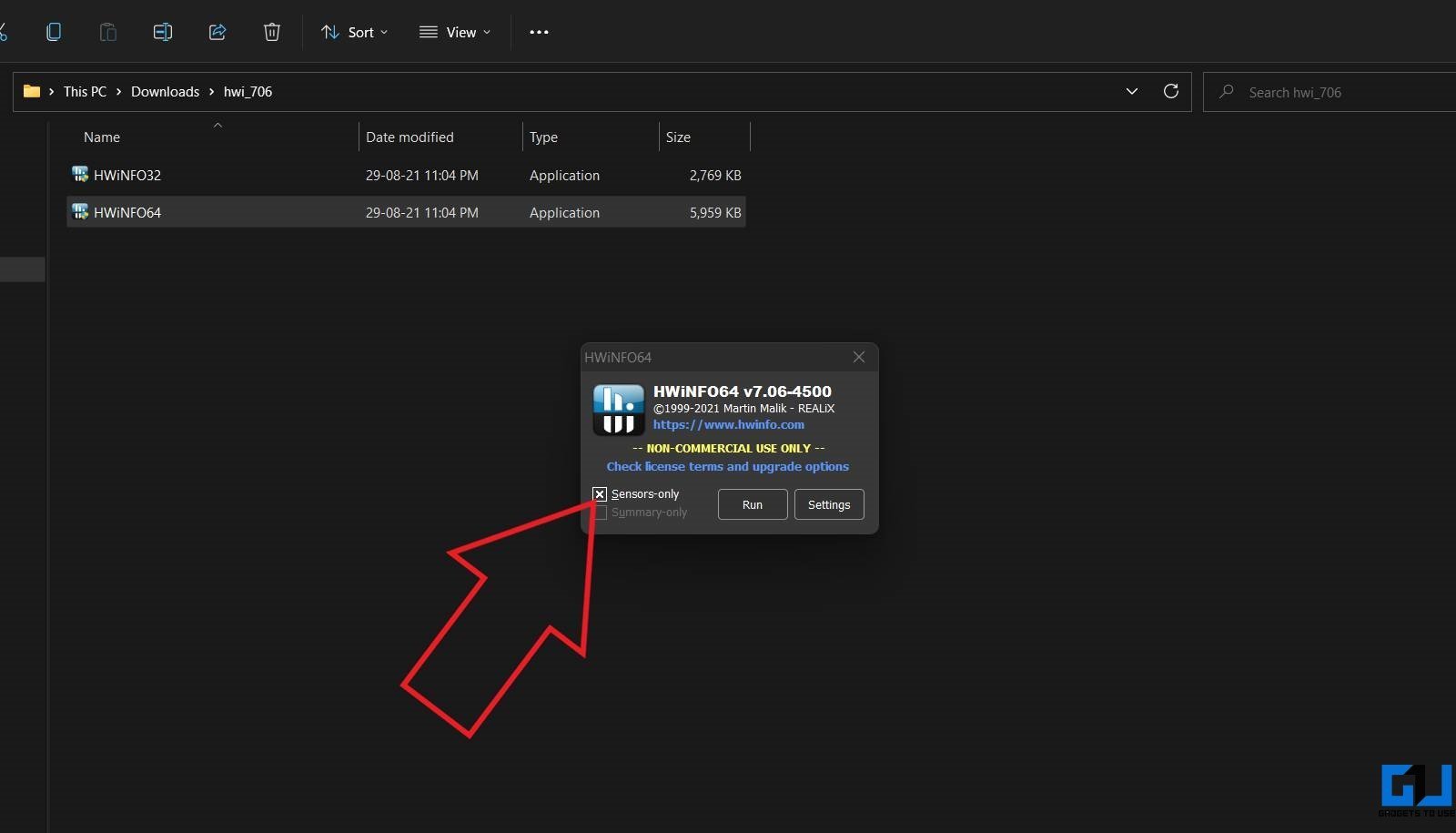
- Now, scroll down to the Battery section.
- Check the Wear level to see how much the battery has degraded.
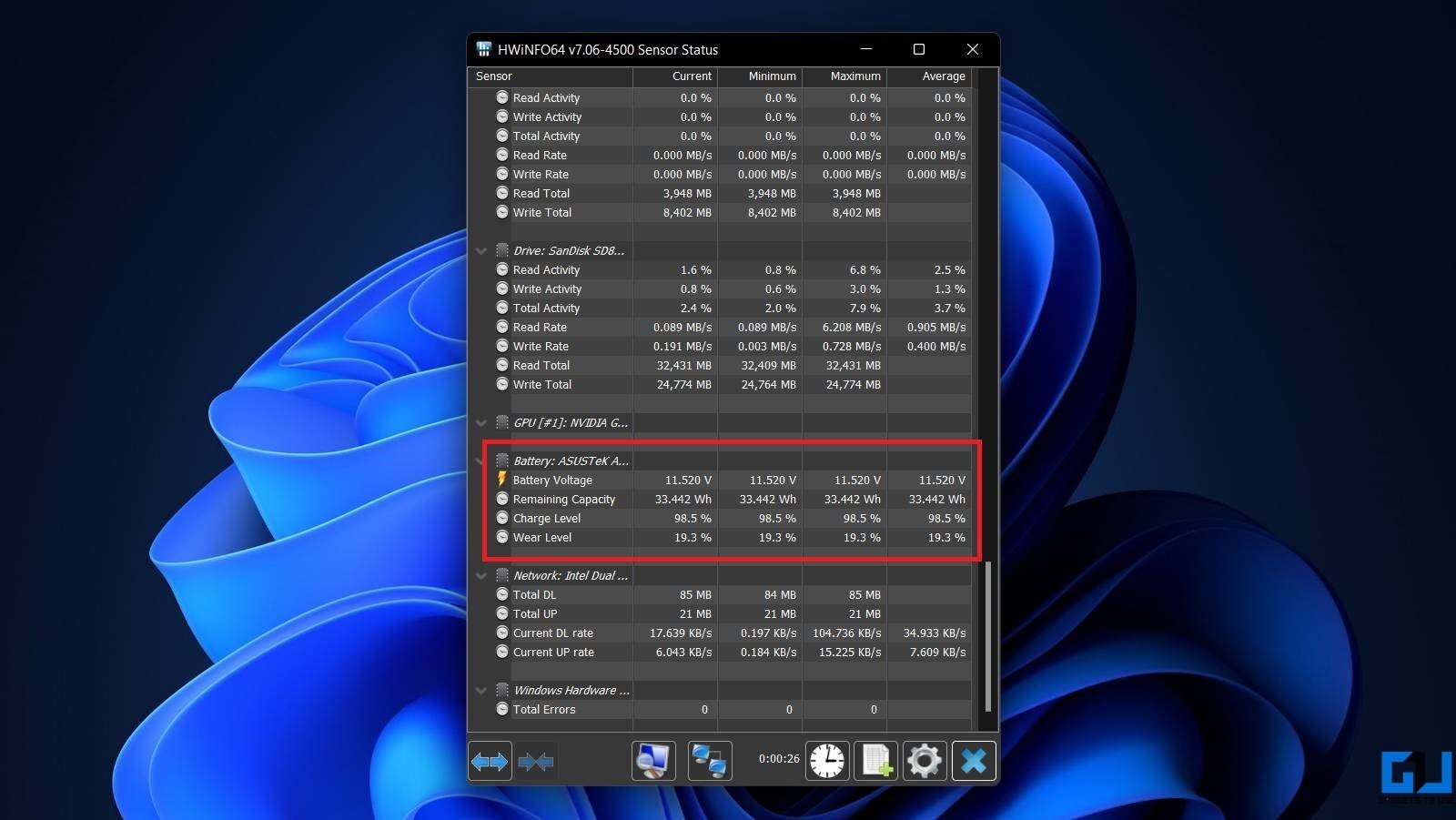
Here, you can see that the battery on my device has lost almost 20% of its original capacity.
Tips to Prolong Battery Life of Your Windows Laptop
Battery degradation is inevitable. However, you can slow down the process and make it last longer by following some simple tips below.
- Avoid draining the battery completely.
- Do not charge it to 100 percent all the time.
- Try to keep in the ideal range of 40 to 80 percent.
- Some manufacturers provide the feature to maintain 80 or 60 percent charge capacity while plugged in. Use it to prolong the overall battery lifespan.
- Ensure the battery does not heat up- use it in a well-ventilated place.
- Use only the original charger to charge your laptop.
If your battery has started malfunctioning and the laptop is still under warranty, get it checked at an authorized service center.

